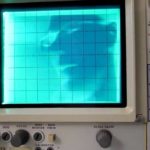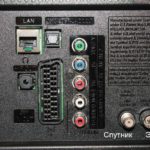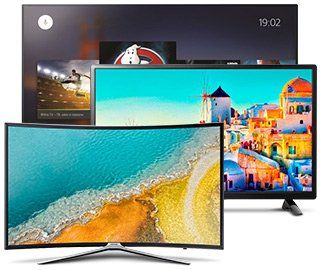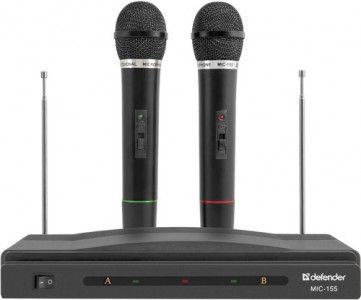Which oscilloscope to choose for TV repair
 An oscilloscope is a special device that allows you to examine the parameters of electrical signals supplied to the input of the TV you are using. The data is converted into a graphical image for further analysis. The resulting “picture” allows you to analyze the signal quality and voltage to determine the technical condition of television equipment.
An oscilloscope is a special device that allows you to examine the parameters of electrical signals supplied to the input of the TV you are using. The data is converted into a graphical image for further analysis. The resulting “picture” allows you to analyze the signal quality and voltage to determine the technical condition of television equipment.
The content of the article
Criteria for choosing an oscilloscope for TV repair
There are a number of criteria based on which you need to choose a device. If you take into account all the characteristics, you can choose the optimal and suitable device.
Power type
Classic models are analog. Recently, the popularity of digital and USB oscilloscopes has been growing, and the second type requires the use of a computer with a fast processor and a large hard drive.
Number of channels
Be sure to take into account the number of channels to carry out measurements between related signals that determine the performance and technical condition of the TV. It assumes the need to measure different numbers of channels and then compare them with each other. Most modern systems in use are based on microcontrollers, and they are mixed-signal devices.
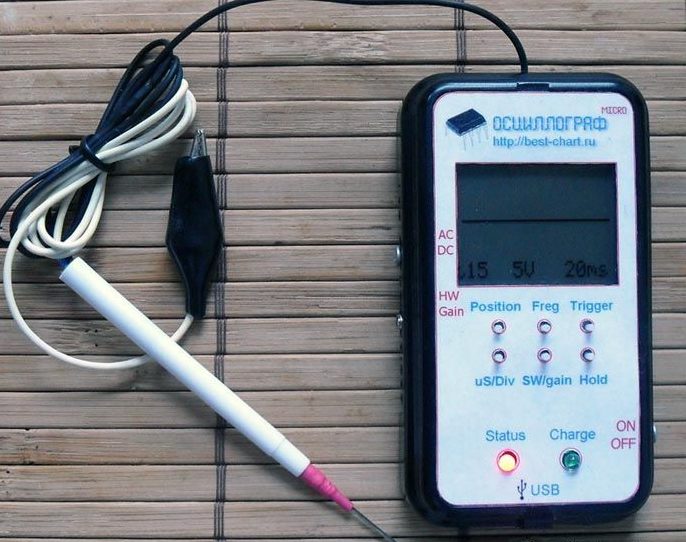
Important! Modern designs are characterized by a complex technical condition, so the use of two- and four-channel oscilloscopes is required. When using a large number of channels, the price of the equipment used increases, so in terms of functionality and cost, a 2-channel device would be the best option. Models with more than 4 channels are practically not used.
Bandwidth and sampling rate
This characteristic is recognized as the most important, because it determines the maximum possible range of signals available for research when determining the functional state of the TV. This parameter largely determines the cost of the oscilloscope.
Attention! When measuring frequencies of 100 MHz, an oscilloscope with an indicator of 300-500 MHz is used, but such equipment will be expensive. In any case, binding to the measured frequencies with an increase in the indicator by 3-5 times is required.
The sampling rate must also be taken into account, and this characteristic is determined by the parameters of the analyzed channels. The optimal bandwidth of the real-time measuring device must be ensured.
Digital or analog oscilloscope: which is better?
Analog models are classic, and they are created on the basis of a cathode ray tube, which allows you to convert the signal into graphic form. Experts note the reliability of analog equipment. Main advantages:
- a familiar panel for easy use of the oscilloscope;
- the ability to detect the slightest changes in the picture;
- ease of settings;
- affordable price.
Disadvantages of analog equipment:
- insufficient accuracy, since there is a dependence on the frequency of the analyzed signal and there may be various errors;
- limited bandwidth;
- insufficient functionality for analyzing frequency characteristics.
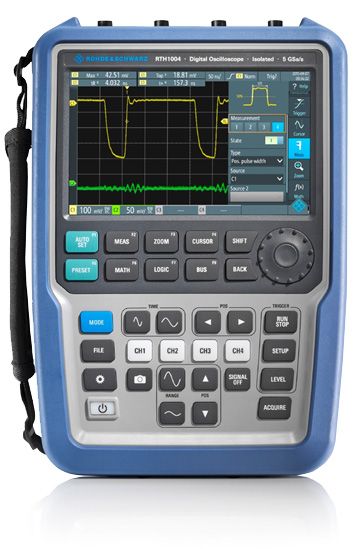
Digital oscilloscopes are becoming more and more popular because they meet the current requirements for instrumentation. Main advantages:
- high accuracy;
- wide bandwidth;
- high quality bright screen;
- the ability to freeze the picture for a certain time;
- ability to connect to a PC;
- analysis of impulse network interference;
- detailed data processing.
Disadvantages of digital models:
- complex controls;
- insufficient digitization frequency, as a result of which signal details may be erased or hidden;
- high price.
The correct choice of an oscilloscope to assess the technical condition of the TV and further carry out repair activities is mandatory.

